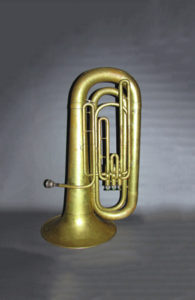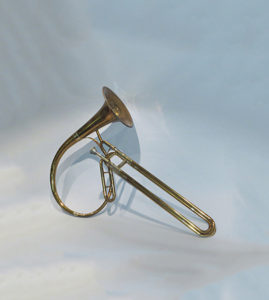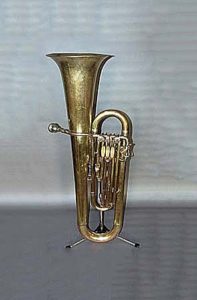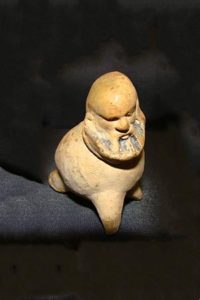Wind Instruments
The most common system of instrument classification in the United States and Western Europe today divides musical instruments into wind (brass and woodwind), strings, and percussion. This classification is of Greek origin (in the Hellenistic period, prominent proponents being Nicomachus and Porphyry). There are, however, problems with this system and for that reason only the instruments in these regions will be classified as such. All other instruments in this collection will be classified by the Hornbostel-Sachs System.
A wind instrument is any musical instrument that uses air as the primary vibrating medium for the production of sound. Most contain some type of resonator (usually a tube) in which a column of air is set into vibration by the player blowing into (or over) a mouthpiece located at or near the end of the resonator. The pitch of the vibration is determined by the length of the tube and by manual modifications of the effective length of the vibrating column of air. Wind instruments are typically grouped into two families, brass winds and woodwinds. On this website the wind instrument collection is grouped into the following classifications:
- Brass Winds: Alto Horns/Flugelhorns/Mellophones; Bugles/Keyed Bugles; Cornets/Cornopeans/ Cornetti/Serpents/Ophicleides; Natural Horns/Orchestral Horns; OTS Saxhorn; Post Horns/Coach Horns; Tenor Horns; Baritones/Euphoniums; Trombones/Sackbuts; Trumpets; Tubas/Sousaphones/Helicons
- Woodwinds: Flutes; Single Reed; Double Reeds
- Free Reeds




